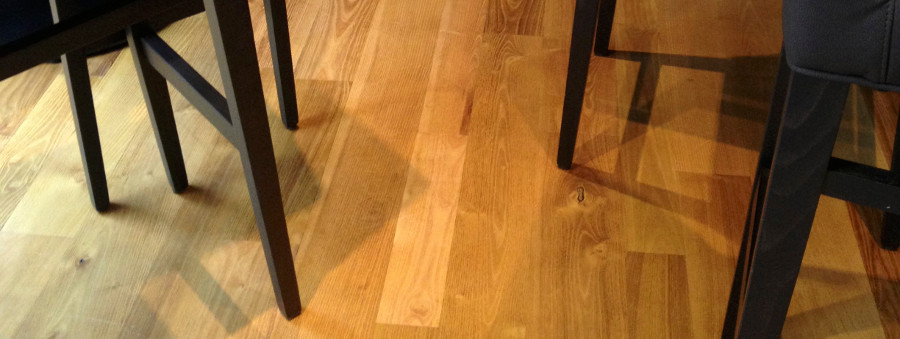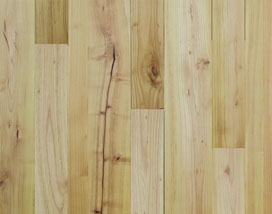
Acacia / Acacia
Hardness and fineness of grain, rotproof, acacia replaces teak (Class 4) and can be used in bathrooms, kitchens, …
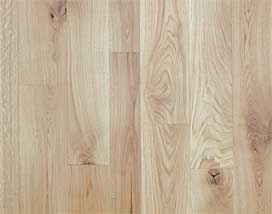
Chêne / Oak
It is renowned as a classic, prestigious and aristocratic wood.
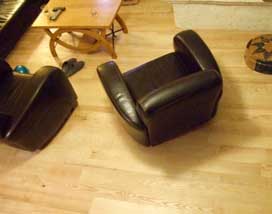
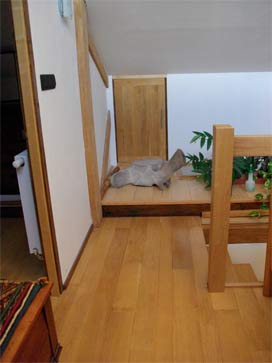
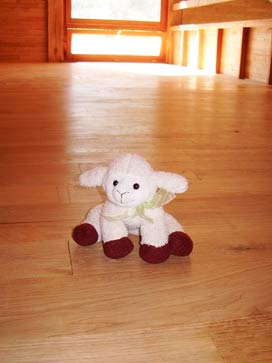
The board pattern called “English”: a floor laid with boards of mixed lengths and 3 fixed widths.
Our floors are made of strips of irregular lengths (from 0.50 to 2.40 m) and 3 fixed widths (8.5 – 11.5 – 18.5 cms). This type of flooring is easy to lay and looks original.
It avoids a repetitive industrial appearance and gives a more natural look to your floor. An “English” pattern floor is equally suitable in contemporary, traditional or rustic types of design.
Recommendations for fixing
Nail fixing (nailed parquet floor)
1 The room
Before thinking of installing a parquet floor or a boarded floor, the structural building work must be completed.
The building must be weather tight (windows installed) and dry (avoid subsequent operations that might cause humidity in the building). The boards for the flooring should be stored in the room where they will be fixed. Moreover, to maintain the moisture content of the wood between 9% and 11% the humidity of the air should not exceed 60%.The room must be heated 3 weeks before laying the floor, with a temperature of 15°.
2 The Support
- Everything must be done to stop rising damp under the floor.
- For a floor supported on timber, their humidity should not exceed 12%. The support must be solid, flat and horizontal in each direction.
3 Floor fixing
The floorboards or parquet floor are nailed to the joists or battens spaced at 40 cm. These joists or battens may be floating on insulating sub-layers (reducing noise impacts) or attached directly to the supporting structure.
If the support has surface irregularities that are too large, the insulation may have to be in strips between and under joists.
The joists or battens must sit on a solid base to be completely flat and secure.
They ought to be made in a durable wood such as oak, dried and graded to ensure a quality installation and long life.
The floorboards or parquet floor should be oriented in the direction of light or, alternatively in the direction of the greater length of the room.
The boards should be fixed to the joists or battens with suitable nails of 50 mm shaft length.
A gap should be left all around the floor equal to 0.15% of the total width of the boards and at least 8 mm.
This gap will be hidden by skirtings which are laid after the floors.
They must be thick enough to fully cover the gap .
They should not resist or prevent the possible expansion of the floor due to humidity changes.
4 Finishing
After installation, the boards should be sanded in the direction of the grain in several passes of decreasing grit (grain ending with 120).
Before applying the finish (oil or sealer), all dust should be removed from the floor surface.
To minimise the dimensional changes of your floor, we recommend you maintain a humidity of ambient air between 45 and 65%.
Téléchargez la fiche Parquets
![]() Téléchargez
Téléchargez


 English
English Français
Français